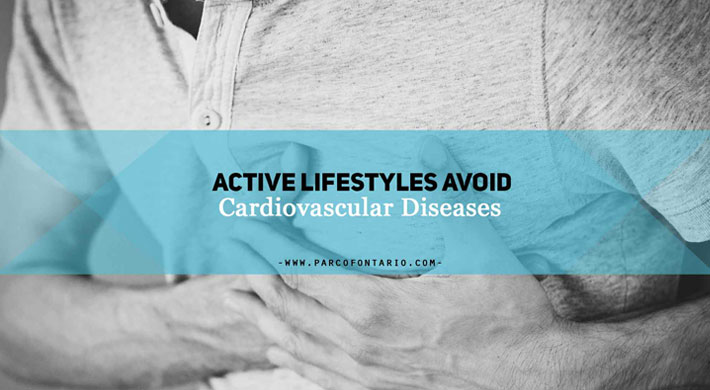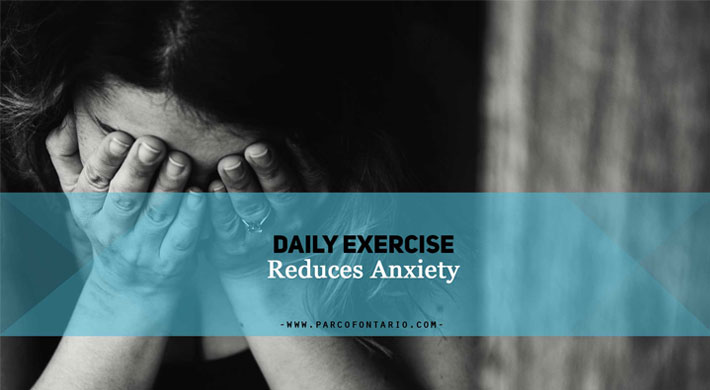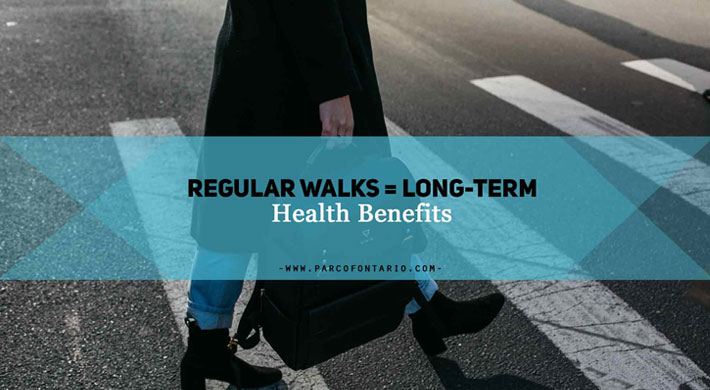How Prolonged Sitting Hurts Your Body
With the rise of digital technology, many people spend most of their time sitting in the workplace or at home. Many office employees spend at least eight hours a day working in front of computers. Daily work routines leave them with few opportunities to engage in physical activities throughout the day.

Sitting for too long causes these health issues:
- Obesity – Prolonged sitting is an established “behavioural risk factor” for obesity. Less energy is used when a person sits for long periods of time. The National Institutes of Health conducted a study revealing that time spent sitting versus engaging in exercise has a direct impact on a person’s risk of obesity. The rate of obesity in people who engage in low impact exercise is eight percent, while those who participate in moderate or high impact exercise is merely 4.8 percent.
- Diabetes – People who spend too much time sitting (whether in front of the television, at the computer, or behind the wheel) have a higher risk for Type-2 Diabetes. Physical activities (like walking) play an important role in the breakdown of fats and sugar in the body. Sitting all day stalls these processes. Left untreated, diabetes can cause kidney and heart disease, blindness, and result in limb amputation.

- Cardiovascular Disease – Poor blood circulation and a sedentary lifestyle can increase fatty acid levels which may create blockages in heart arteries. “Bad cholesterol,” or an elevated level of low-density lipoprotein (LDL) may result. High blood pressure and cardiovascular disease are other concerns.
- Dementia – Sitting at your desk or watching television for hours on end can damage your brain and increase the risk of dementia. A University of California study compared the number of hours participants spent sitting each day to a brain scan for each individual. The structure of their medial temporal lobe (the part of the brain that collects and processes new information) was evaluated. The study discovered people with sedentary lifestyles have a thinner brain structure — an early sign of cognitive decline and dementia.
- Poor Blood Circulation – Prolonged, immobile sitting can also result in poor blood circulation. Pools of blood can form in the legs and feet, causing varicose veins and swollen ankles. Poor blood circulation also increases the risk of dangerous blood clots, as well as deep vein thrombosis (DVT). When part of this type of clot breaks off, it can travel to the lungs, creating blockage and leading to a pulmonary embolism.

- Anxiety – We all get anxious from time to time, but long sitting hours can drastically worsen anxiety symptoms. Though it is unclear how prolonged sitting increases anxiety, researchers have a variety of theories. Physical inactivity potentially leads to sleep pattern disturbance, poor metabolism, and social withdrawal. In addition, people spending most of their time sitting are not likely to enjoy the health and mood-boosting benefits of exercise. All these factors are believed to increase one’s risk of anxiety.
- Osteoporosis – Many people who spend 40 (or more) weekly hours at a desk may not realize their increased risk of osteoporosis. The International Osteoporosis Foundation reports that the body adapts to a “remodelling” process after peak bone mass is achieved. It reabsorbs old bone and forms new bone materials. Physical inactivity can affect the rate of remodelling, resulting in loss of bone mass and fragile bones (otherwise known as osteoporosis).
- Cancer Risk – Perhaps the most dangerous effect of prolonged sitting is the potential for cancer. In a study published in the National Cancer Institute’s Journal showed that excessive sitting can a person’s cancer risk by 66 percent.
- Muscle Atrophy – Lack of activity can cause the muscle fibres to break down and become weak over time. Additionally, sitting for hours can reduce blood circulation in the hamstrings, which also contributes to muscle breakdown.
- Back Pain – The possibility of disc degeneration increases when a person sits more than four hours. Sitting for long periods causes lower back discs to compress, leading to lower back pain. Continued, prolonged sitting also puts extra strain on the discs. A chiropractor can help provide relief for chronic back pain.
Saving Your Health
Although the side effects of prolonged sitting can be worrisome, don’t quit your desk job or stop watching your favourite TV shows. You can remain healthy by doing some simple stretches. However, research reveals that exercise at the gym doesn’t necessarily prevent the negative effects from prolonged sitting. Health experts recommend a constant stream of activity all day.

Keep moving in the office:
- Instead of sending an email, walk across the office to talk to your coworker.
- Take the stairs instead of using the elevator.
- Sit on a wooden chair with no armrest. This will help you sit upright and encourage you to shift your body frequently.
- Take regular breaks and walk around the office.
- Use desk exercise equipment to keep your body moving.
- Use an exercise ball instead of an office chair to engage core muscles and improve balance and flexibility. You can occasionally bounce, providing more activity than stationary sitting.
- Use a standing workstation. You can raise it to the appropriate height or use a high stool when you need to sit.
- Elongate your spine using your backrest as a traction device. Use a towel or cushion. Maintaining an elongated spine helps your discs rehydrate and prevents nerve impingement. It also flattens lumbar discs, providing instant relief if you are suffering from sciatic nerve root pain.

- If your workplace is a few blocks from your home, try walking or cycling to the office. People who commute by car are more likely to have a higher risk of cancer and cardiovascular disease, and an inflated body mass index (BMI) or body fat percentage.
Consider adding a low-impact workout routine to your schedule. Yoga and pilates provide increased flexibility, improved blood circulation, reduced joint pain and inflammation, and boost your overall sense of well-being. Physiotherapy can also start you on a journey of healing and wellness.
Many people with symptoms related to sitting and posture benefit from benefit from physiotherapy treatment. In Mississauga, contact Physiotherapy and Rehabilitation Centres of Ontario at (905) 897-2092 to book an appointment. Whether you’re suffering from neck or back pain, sciatica, tight hamstrings, or wrist strain, our licensed physiotherapists help correct posture and teach effective stretching techniques.








